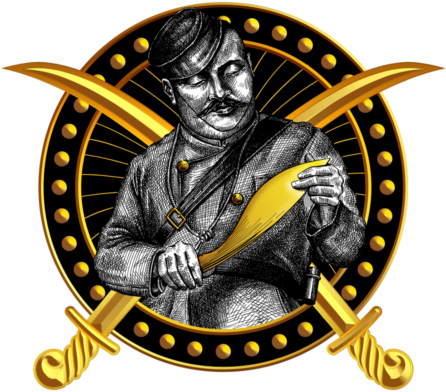“If a man says he is not afraid of dying, he is either lying, or he is a Gurkha”
Field Marshal Sam Manekshaw, Former Chief of Staff of the Indian Army Hailing from South Asia, the Gurkha soldiers have been recognized throughout history for their loyalty and bravery. They are notoriously feared, among some of the fiercest warriors to ever live. Around 200 years ago, the British noted how useful the Gurkha soldiers could be to them. In 1816 they officially began to recruit the Gurkhas, making Nepal Britain’s oldest ally in Asia. Later in the mid 1900s, the Gurkhas earned over 2,500 awards for their bravery in World War II.

The legend Lachhiman Gurung was a Gurkha soldier who served the British forces in World War II. His heroic actions in war embody the spirit of a true Gurkha soldier and earned him the prestigious Victoria Cross. While in battle Gurung was at the front of his troop and single-handedly fought off 200 Japanese soldiers. Two grenades were thrown at him and his platoon landing close enough for him to hurl them back at the Japanese before they detonated using their weapons against them. A third grenade was thrown at him but unfortunately exploded by his foot severely injuring him and leaving him bloody, blind, fingerless, and alone. When the average soldier would have given up, Gurung used his nondominant hand to reload his rifle and opened fire on the Japanese. The Japanese retreated, forever afraid of the Gurkhas while Gurung shouted, “Come and fight a Gurkha!”.
Their hand-to-hand combat is like no other, and their weapon of choice is known for being as fierce as the soldiers themselves. A Gurkha soldier is never seen without his kukri- the national weapon of Nepal. A kukri is a type of “…machete with a recurve blade that was developed in South Asia hundreds of years ago” (Ewing, 2022). The kukri can perform the duties of a small blade or even an ax thanks to its shape, which has a narrower blade by the hilt and a wider blade by the tip that can also be utilized as a utility knife. It normally has a blade 10-15 inches long that has proven effective whether you are slicing trees or chopping an enemy through the bone.


